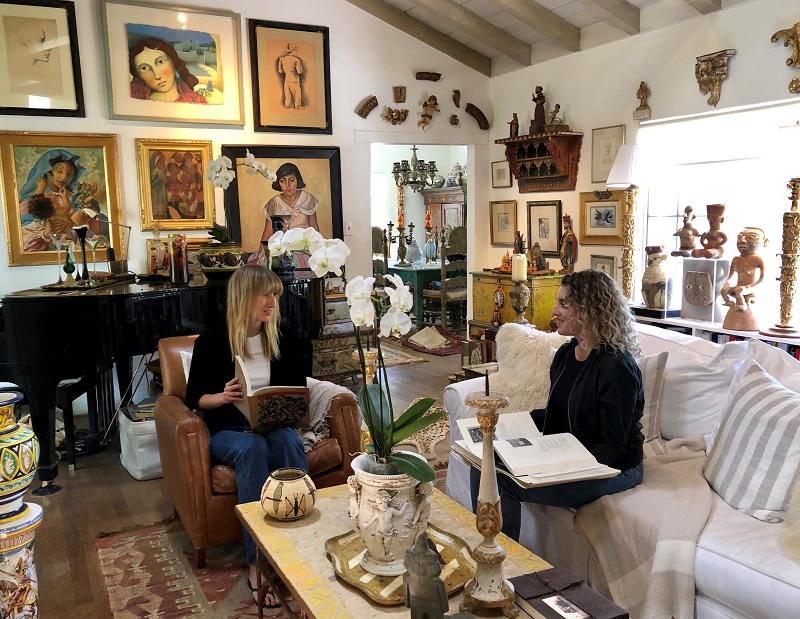 At Smith Greenfield, we have developed an unparalleled network to provide our clients with access to industry-leading expertise. Here, Georgia Powell and Liza Shapiro, Co-Founders and Directors of CURA Art – and pictured above – share advice on caring for collections.
At Smith Greenfield, we have developed an unparalleled network to provide our clients with access to industry-leading expertise. Here, Georgia Powell and Liza Shapiro, Co-Founders and Directors of CURA Art – and pictured above – share advice on caring for collections.
The six C’s of Collections Management with CURA Art
Professional collections management can often take a back seat to acquisitions, particularly for private collectors. CURA Art aims to change this, offering a supportive role and peace of mind, as well as providing a network in the art world for our clients.
Collections can be enhanced in terms of provenance and value, and also considered in relation to current and future generations. As custodians of cultural heritage, collectors and organizations are tasked with preserving a part of humanity’s identity. CURA Art is here to help.
We provide expertise to ensure that works of art and other precious objects are preserved, managed, and displayed to the highest standards.
Here, we introduce six subjects to consider in your role as collector:
- Catalogue
The most important part of collections management is keeping an accurate inventory of what you have and where it is. This does not need to be complex, but a system that works for you, is kept up to date, and can be easily understood by others. For instance, in the event of a fire or theft, could works be recognised by your documentation? It is always best to have photographs, either with the inventory, or easily identified.
- Care
Artworks and collectible objects are fragile and need to be treated with care. Implementing small changes with regards to storage, handling and display can make a large impact on the lifespan of a collection. Documentation is extremely important; taking photographs and reporting condition over time could be very useful down the line. Specialised arts insurance is a vital part of caring for your collection, protecting from theft and accidental damage, as well as advising on preventative measures for the future.
- Correspondence
Requesting and keeping a record of all the correspondence pertaining to a collection is essential. Any document relating to the work, be it a sales invoice, condition report, or provenance information adds to the legacy of the piece and is crucial information.
- Curate
This is the exciting part! Now that you’ve acquired the works, you can choose how and where to display them. Rotating your art collection not only enhances long-term preservation but also provides opportunity to create unique narratives through display of your collection. Additionally, loaning works of art to museums and galleries adds provenance, and therefore value, as well as further opportunities for authentication.
- Critical
Adopting a critical approach to collecting is vital before and after acquisition, through research, asking questions and consulting experts. Provenance research and conservation are expertise that specialists take many years to master. In addition to record keeping, in-depth investigation or authentication can be required as part of the responsible management of collections.
- Community
As a collector, you are a vital part of the artistic and cultural community in your capacity as patron and philanthropist. Aside from collecting, your resources, network and interest in the subject have the opportunity for profound impact on an artist’s career, or assist a curator in completing the narrative for an exhibition.
For further information about CURA Art, and how we can assist with your collection visit curaart.com
Smith Greenfield is an independent insurance broker specialising in insurance for collectors of fine art and valuable objects. To discuss specialist insurance for your collection, please contact our Premier Client Adviser, Imran Moideen, via email imran.moideen@smithgreenfield.co.uk or telephone 020 8603 3730.

